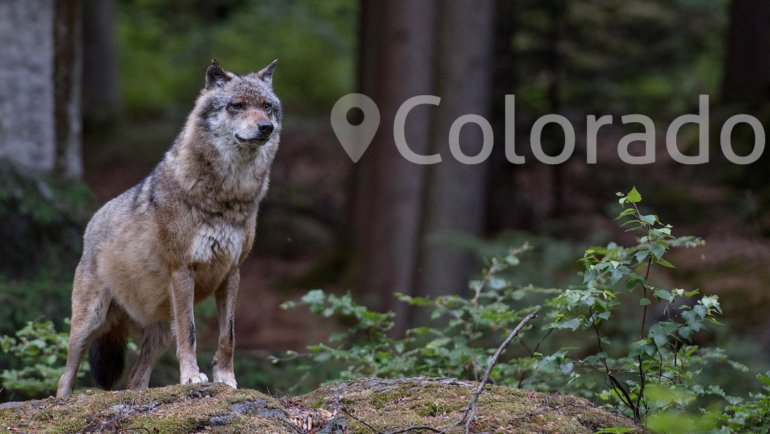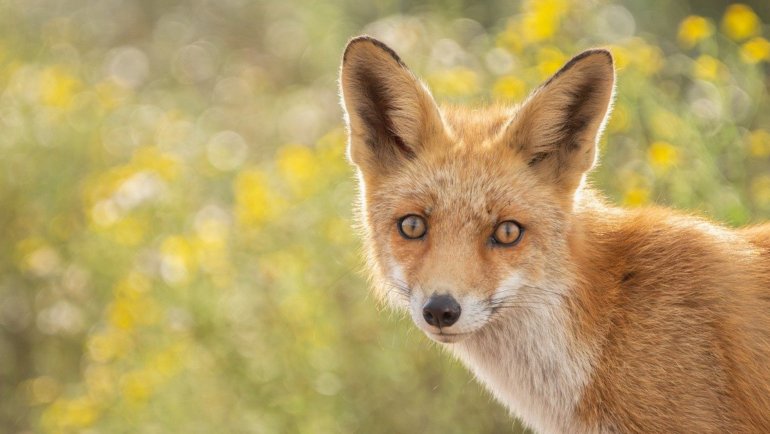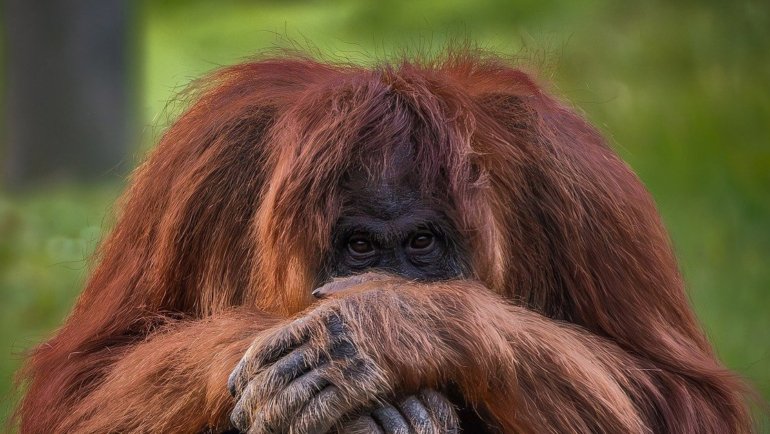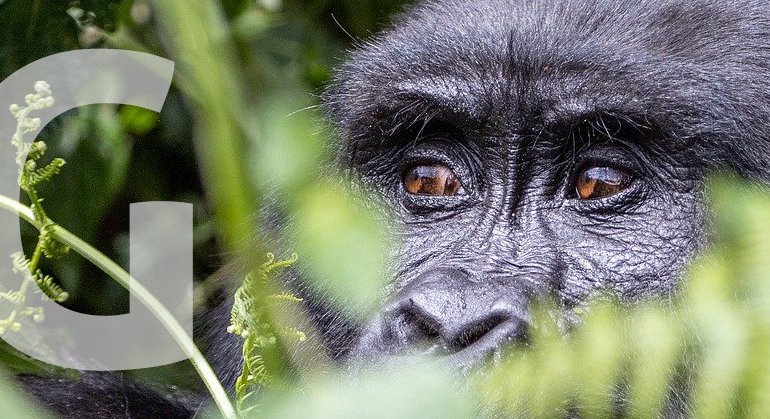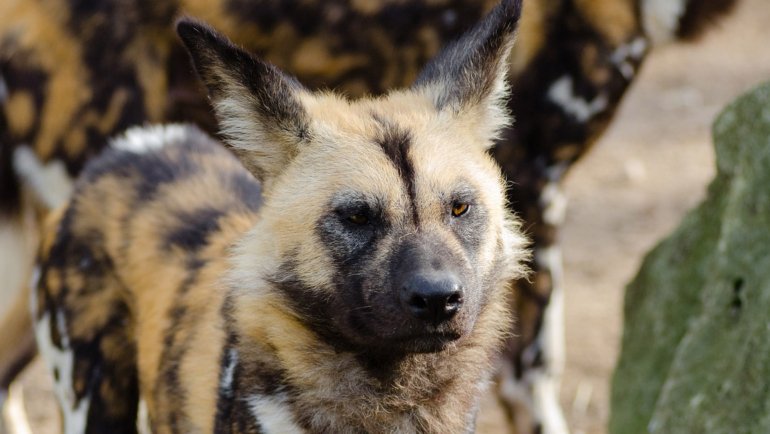Have you ever taken a moment to truly appreciate the industrious beaver? If not, it’s high time you did! Not only are these semi-aquatic rodents intriguing in their own right, but they also play a significant and highly beneficial role in the ecosystems they inhabit. There are two different species of beavers: the Eurasian beaver and the American beaver.
From their impressive dam-building skills to their incredible physical adaptations, beavers are a shining example of nature’s ingenuity. In this article, we dive into the wonderful world of beavers and uncover thirty astounding facts about these creatures that will leave you with a renewed sense of wonder for the wildlife with which we share our planet.
Prepare to be amazed by the humble beaver, a true marvel of the animal kingdom!
Essential Information About Beavers
- Scientific name: Castor fiber (Eurasian Beaver) & Castor canadensis (American Beaver)
- Type of Animal: Mammal
- Size: 80-120 cm (3-4 feet), tail included.
- Weight: 16-30 kg (35-66 lbs)
- Geographic range: North America (American beaver), Europe, western Russia (Eurasian beaver)
- Habitat: Freshwater habitats – lakes, ponds, rivers, streams
- Diet: Beavers are herbivores and eat various plant parts.
- Predators: Coyotes, bears, bobcats, otters, foxes, eagles, and wolves, among others.
- Reproduction: Breeding occurs in winter (January-February) and pairs mate for life. The couple has one litter of 1-6 kits per year.
- Conservation status: Least Concern. American beaver population is stable, Eurasian beaver population is increasing.

30 Fascinating Facts About Beavers
- Beavers are the world’s second-largest rodents: After the capybara, beavers are the next in line. They can grow up to four feet long and weigh over 60 pounds (27 kg), which is around the same size as a medium-sized dog!
- Beavers are semi-aquatic: While they build their homes on land, beavers are perfectly adapted for life in the water. They have webbed hind feet for swimming, a flat tail that acts like a rudder, and a thick layer of fat under their skin for insulation.
- Their teeth never stop growing: Beaver’s teeth continuously grow throughout their lifetime. This is a necessary adaptation because they constantly wear them down by gnawing on trees.
- Their lodges have multiple entrances: Beavers build their lodges with multiple entrances, all of which are underwater. This keeps their homes safe from land-based predators.
- They slap their tails as a warning sign: When a beaver senses danger, it will slap its large, flat tail against the water to alert other beavers in the area. This sound can be heard from a considerable distance.
- They change the environment: Beavers are known as ‘ecosystem engineers’. They build dams, which create wetlands – a crucial habitat for many other species, promoting biodiversity.
- Beavers can hold their breath for 15 minutes: They have a specialized circulatory system that allows them to stay submerged for a long time, aiding their ability to construct dams and lodges.
- They use ‘castoreum’ in construction and communication: This secretion from a beaver’s castor glands is mixed with urine and used to mark territory, as well as to waterproof their fur.

- They mate for life: Beavers are monogamous and will typically stay with their chosen partner for life. They also share the duties of raising their offspring.
- Beavers have transparent eyelids: They have a set of transparent third eyelids called a nictitating membrane, that work like goggles, allowing them to see underwater.
- They are mainly nocturnal: Beavers are most active during the night when they feel safer from potential predators.
- Beavers have a ‘winter larder’: During the colder months, beavers create a stash of food underwater, where it’s easily accessible and won’t freeze.
- They have built-in ear and nose plugs: When submerged, a beaver’s nostrils and ears automatically close, preventing water from entering.
- Their fur is highly efficient: A beaver’s fur is naturally oiled and has two layers, providing excellent insulation and buoyancy in water.
- They live in colonies: Beavers are social animals that live in groups, usually consisting of an adult pair and their young.
- Beavers are vegetarian: They eat the bark of trees and shrubs, as well as aquatic vegetation, but they do not eat fish or other animals.
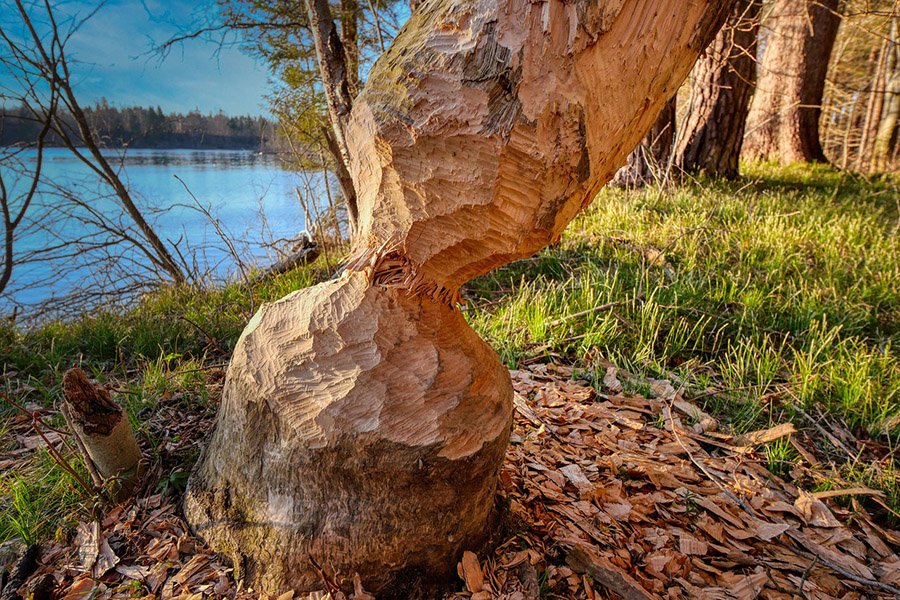
- They can fell large trees: Despite their size, beavers are capable of chopping down trees several times their size using their powerful teeth.
- Their dam-building skills are precise: A beaver’s dam is not just a pile of sticks but a carefully constructed masterpiece with a strong foundation, leakproof walls, and even an air vent.
- They help with water purification: The dams that beavers build can help slow down the flow of water, which allows sediments to settle and improves water quality downstream.
- They are well adapted to the cold: Beavers have a high metabolic rate that helps them stay warm in freezing water or during the cold winters of their North American and Eurasian habitats.
- They can live up to 24 years in the wild: This is quite a long lifespan for a rodent. In captivity, they can live even longer.
- Beavers help combat climate change: By building dams, beavers create wetlands which are one of the most effective carbon sinks in nature, thereby helping to mitigate the effects of climate change.
- Their lodges have a nursery: Inside their lodges, beavers build a special room that serves as a nursery for their young, also known as kits.
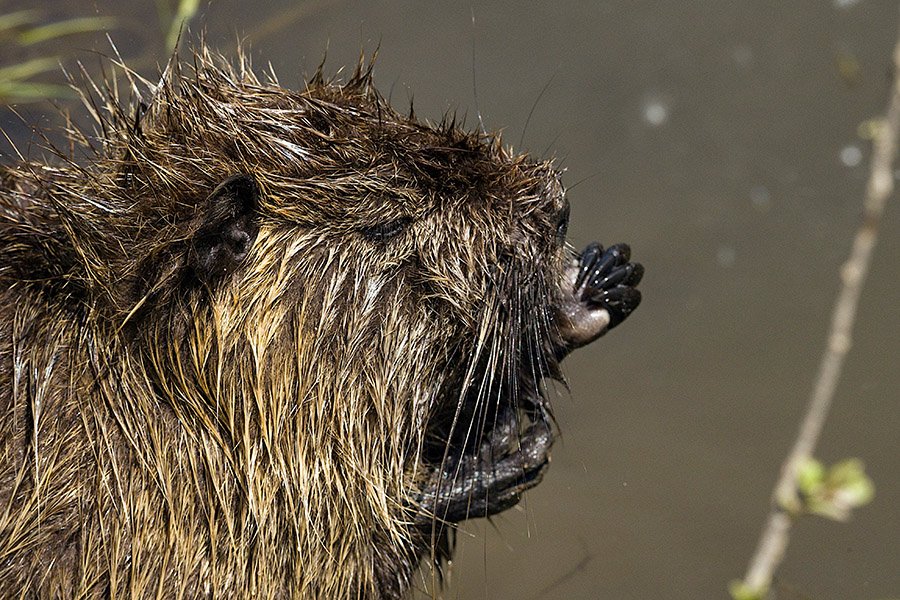
- They maintain their dams year-round: Beaver dams are not static structures. The animals continuously repair and reinforce their dams, responding quickly to any signs of leaks or damage.
- Their name has old roots: The word ‘beaver’ is believed to come from the Old English word ‘beofor’, and ultimately from an ancient European language root meaning ‘brown’.
- They can move heavy loads: Beavers are able to drag logs and branches, which can weigh more than they do, across significant distances to their construction sites.
- Beavers have a diverse diet in summer: Although bark and cambium are staple foods, in summer, they enjoy a varied diet that includes roots, buds, and a variety of water plants.
- Their kits can swim from birth: Beaver kits are born fully furred and with their eyes open. They are also capable of swimming within 24 hours of their birth.
- They are very influential in American history: The fur trade in beaver pelts was one of the main economic drivers of early North American colonization, with beaver hats being a fashionable and lucrative commodity in Europe.
- Their dams can be enormous: The largest beaver dam ever discovered, located in the Wood Buffalo National Park in Alberta, Canada, is a staggering 2,790 feet long, more than twice the length of the Hoover Dam!
Other Articles About Beavers
- What Do Beavers Eat? Do Beavers Eat Meat?
- Are Beavers Friendly? Can Beavers Be Kept As Pets?
- What Eats Beavers? 10 Predators of Beavers
- Are Beavers Dangerous? Do Beavers Attack (and Eat) Humans?
References
- https://en.wikipedia.org/wiki/Beaver
- https://nationalzoo.si.edu/animals/beaver
- https://www.britannica.com/animal/beaver
- https://www.nwf.org/Educational-Resources/Wildlife-Guide/Mammals/American-Beaver
- https://www.atlasobscura.com/places/worlds-largest-beaver-dam
- https://www.sciencedaily.com/releases/2018/08/180829115119.htm
- https://www.iucnredlist.org/species/4003/22187946
- https://www.iucnredlist.org/species/4007/197499749
